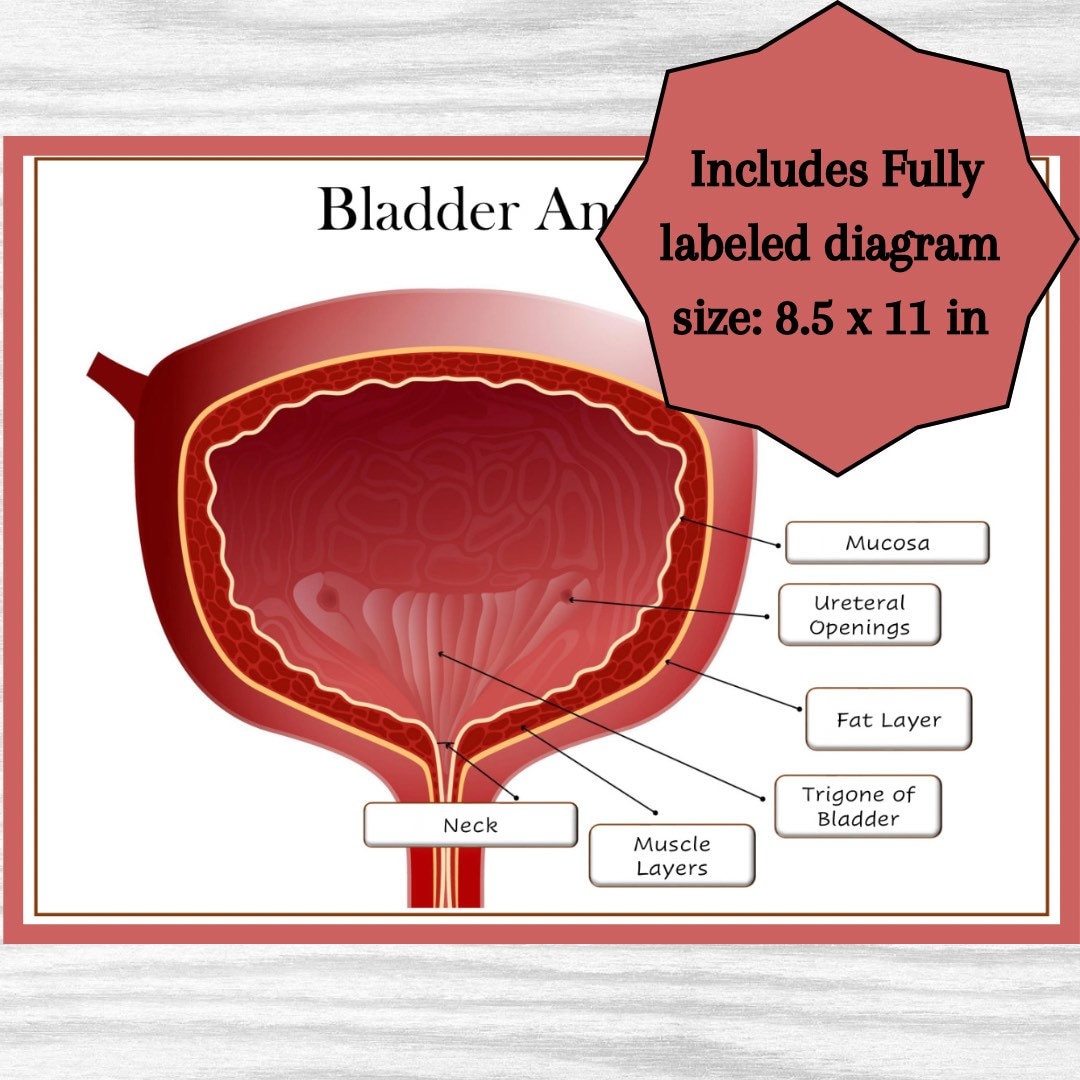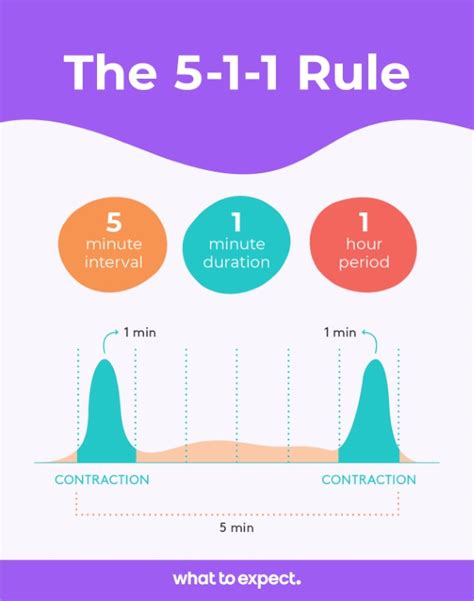The concept of Health Maintenance Organizations (HMOs) has been a cornerstone of the healthcare system in the United States for decades. Born out of the need to control rising healthcare costs and improve the quality of care, HMOs have evolved over the years to become a dominant force in the healthcare landscape. In this article, we will delve into the history, structure, and functioning of HMOs, exploring their benefits and drawbacks, as well as their impact on the healthcare system as a whole.
Historical Evolution of HMOs
The concept of HMOs dates back to the 1930s, when the first prepaid health plan was introduced in the United States. However, it wasn’t until the 1970s that HMOs began to gain popularity, with the passage of the Health Maintenance Organization Act of 1973. This legislation provided federal funding and guidelines for the development of HMOs, paving the way for their widespread adoption.
Structure and Functioning of HMOs
HMOs are organized healthcare systems that provide a range of healthcare services to their members for a fixed monthly fee. They typically operate on a prepaid basis, where members pay a monthly premium in exchange for access to a network of healthcare providers. HMOs often employ a combination of primary care physicians, specialists, and hospitals to provide comprehensive care to their members.
In terms of structure, HMOs can be categorized into several types, including:
- Staff Model HMOs: In this model, HMOs employ their own physicians and other healthcare providers to deliver care to members.
- Group Model HMOs: This model involves HMOs contracting with a group of physicians to provide care to members.
- Network Model HMOs: Network model HMOs contract with a network of independent physicians and healthcare providers to deliver care to members.
Benefits of HMOs
HMOs offer several benefits to their members, including:
- Cost Savings: HMOs can help reduce healthcare costs by eliminating unnecessary tests and procedures, and by negotiating lower rates with healthcare providers.
- Improved Quality of Care: HMOs often have quality control measures in place to ensure that members receive high-quality care.
- Preventive Care: HMOs typically emphasize preventive care, providing members with access to routine check-ups, screenings, and other preventive services.
Drawbacks of HMOs
While HMOs offer several benefits, they also have some drawbacks, including:
- Limited Provider Network: HMOs often have limited provider networks, which can restrict members’ access to specialist care.
- Bureaucratic Red Tape: HMOs can be slow to respond to members’ needs, with lengthy approval processes for specialized care or procedures.
- Quality Variability: The quality of care provided by HMOs can vary significantly, depending on the specific HMO and its network of providers.
Impact of HMOs on the Healthcare System
HMOs have had a significant impact on the healthcare system, driving changes in the way care is delivered and paid for. Some of the key effects of HMOs include:
- Shift to Managed Care: HMOs have helped to shift the healthcare system from a traditional fee-for-service model to a managed care model, where healthcare providers are incentivized to deliver high-quality, cost-effective care.
- Increased Emphasis on Preventive Care: HMOs have helped to emphasize the importance of preventive care, providing members with access to routine check-ups, screenings, and other preventive services.
- Changes in Healthcare Delivery: HMOs have driven changes in healthcare delivery, with a greater emphasis on primary care, disease management, and care coordination.
What is the main difference between an HMO and a PPO?
+The main difference between an HMO and a PPO is the level of flexibility in terms of provider network. HMOs typically have a more limited provider network, while PPOs offer a broader range of providers.
How do HMOs control healthcare costs?
+HMOs control healthcare costs by eliminating unnecessary tests and procedures, and by negotiating lower rates with healthcare providers.
What are the benefits of HMOs for healthcare providers?
+HMOs can provide healthcare providers with a steady stream of patients, as well as access to a network of other providers and resources.
In conclusion, HMOs have played a significant role in shaping the healthcare system in the United States. While they offer several benefits, including cost savings and improved quality of care, they also have some drawbacks, such as limited provider networks and bureaucratic red tape. As the healthcare system continues to evolve, it is likely that HMOs will remain a key player, driving changes in the way care is delivered and paid for.
Pros and Cons of HMOs
| Pros | Cons |
|---|---|
| Cost savings | Limited provider network |
| Improved quality of care | Bureaucratic red tape |
| Preventive care emphasis | Quality variability |

Ultimately, the success of HMOs will depend on their ability to balance the needs of their members with the need to control costs and improve quality. By understanding the benefits and drawbacks of HMOs, healthcare providers, policymakers, and consumers can work together to create a more efficient, effective, and patient-centered healthcare system.



